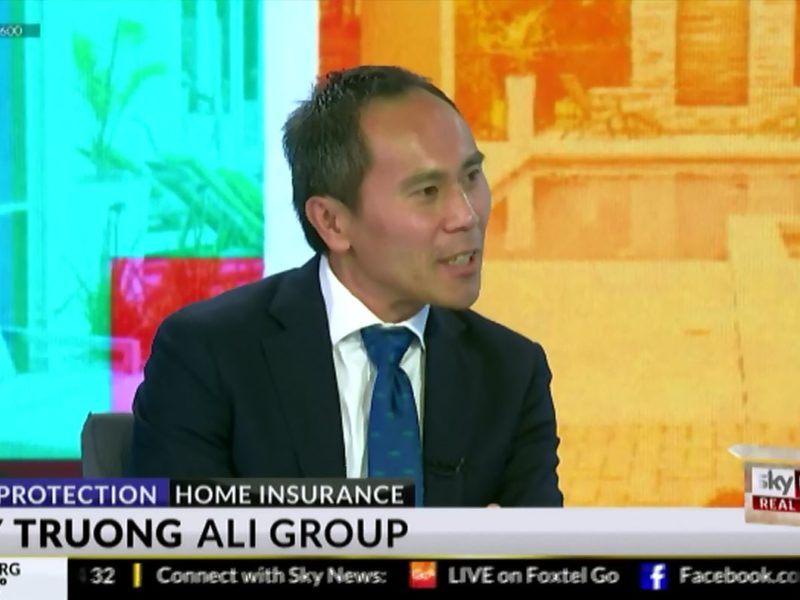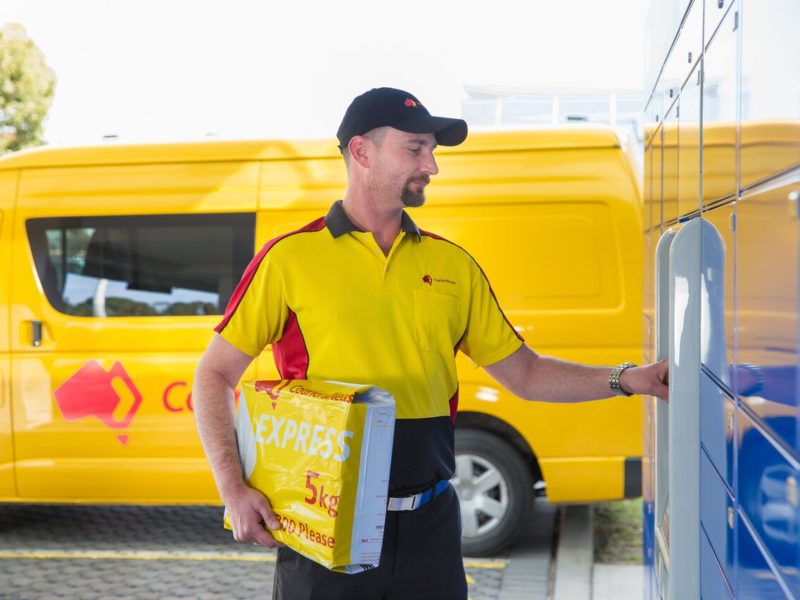Free publicity or exposure in the media – also known as ‘earned media’ – is the holy grail of businesses and organisations keen to get their messages published without paying for an ad.
With evidence that 45-75 per cent of media stories are influenced by, or sourced from public relations activities, you’re in with a chance.
Those odds sound great, but there’s plenty of others contending for earned media.
How can you give the media what they want?
This article offers a ‘behind-the-scenes’ look at how to create compelling media pitches.
Yes, they’re an art form.
First, we’ll explain the prep work needed; then we’ll dive into the 10 standards for news values.
How to create a media story
Figuring out what the media want at any point of time calls for:
- strategy
- research, and
- a lot of experience in the media.
For example, when creating a media story for our clients, we consider:
- Who is the target audience? Understanding the audience helps us determine which media category (eg., early general news, business, finance) and type (newspapers, radio, TV, podcast, etc.) we’ll pitch to, and how. We’re mindful that the Australian media landscape is continually transforming, which keeps us on our toes.
- What are your brand messages? This is where an expertly crafted call to action comes in. For media content, a ‘call to action’ should be more subtle and nuanced than would appear in copywriting for an advertisement or advertorial. How do we align those messages to the messages the media want to receive?
- Can we substantiate claims made by your brand – such as with primary data or technical/professional expertise from your thought leaders?
- What type of content are your competitors pitching to the media? This isn’t guesswork. We do in-depth media audits on angles we’re mulling over to ensure we’ll only pitch original angles every time. This means we take time to research and understand our clients, their competitors and the sector in which they operate.
Three pro tips on content, expertise and timing
Next, we have a steely focus on what the media seeks in a story. Before we share the timeless top 10 tips for media pitches, here are our must-know pro tips:
Primary research or data to reveal emerging trends.
Top-tier media are particularly keen for this kind of breaking news. That’s why The Ideas Suite deploys timely surveys and asks our clients for their customer usage data, from which we draw emerging trends and original insights. Surveys can shed light on public attitudes and their planned behaviours. Meanwhile, your brand’s customer purchase or usage data shows past behaviours, which can help you forecast future behaviours. The power of this primary research is that it allows you to offer crisp insights and forecasts, and positions your brand as a thought leader with its finger on the pulse of emerging market trends.
Expert tips and advice the media can’t easily access.
The media like to hear from experts that offer well-thought-out solutions to real problems. For instance, we pitched an asbestos expert from the global RSK Group. They commented about why asbestos was showing up in mulch in school playgrounds, in hospital gardens and other public places. They also clearly articulated how the contaminant could be stopped at the source to prevent the issue from continuing – that solution took the story even further. We did the groundwork for journalists, handing them this niche and technical information in layperson’s language. They can’t write this type of story without an expert opinion, which can be tricky for the typical time-hungry journalist to source.
Well-timed stories are essential.
We ensured we pitched the asbestos story when it was a hot topic in the media, not after. Similarly, we might pitch a mortgage story around the time the Reserve Bank of Australia increases interest rates. We also successfully pitched a Corporate Traveller story about how to travel with carry-on luggage only when the media was awash with news about chaotic airports.
Our timeless top 10 tips on
- Newsworthiness.
‘News’ is exactly that – not stale. Ensure your pitch is topical, relevant and a good fit for the audience of the site or publication you’re targeting. The story must be original. - Human interest.
People care about your compelling story because there’s a human element that tickles their emotions or spurs action. If, for instance, your brand has some commentary to offer on the state of the economy, drill it down to impacts on household bills, jobs or mortgages. - Local angle.
The event, development or opinion is happening in or directly relevant to the specific geographical region the media outlet is distributed to, or covers. - Innovation and uniqueness.
Your offering hasn’t been ‘done to death’ in mainstream media; you’ve got a new spin on a product, service or insights that spark attention. If your competitor pitched a similar story a couple of months back, your story likely won’t be of interest to the media. - Conflict or controversary.
You’re putting a spanner in the works that could rattle established ways or doing or viewing a highly topical issue. - Data and evidence.
Inject credibility and gravitas to your story with solid data and evidence; even better if you can cite your own data to back any statements you make in your story. - Visually appealing.
You can match your story with a strong image, video, or infographics that either you provide or support the media organisation to develop. - Expert opinion.
Your in-house subject matter experts are ready to wheel out as media talent with quick, pithy quotes or interviews. - Actionable tips.
Think of practical solutions or guidance to an annoying problem or issue. Keep them prescriptive. - Positive impact.
Success stories that highlight significant progress and change, even better if it’s unexpected.
So, the holy grail of securing media coverage for your key messages is closer than you think … once you do the groundwork. Like we said, it’s an artform.
At The Ideas Suite, we know how to tell stories the media love
We bring years of experience and a keen sense of what makes a story resonate with the media. Our tailored strategies ensure that your message reaches the right outlets with maximum impact, giving your brand the visibility it deserves.
Looking to get your story out there? Call or email us direct.









